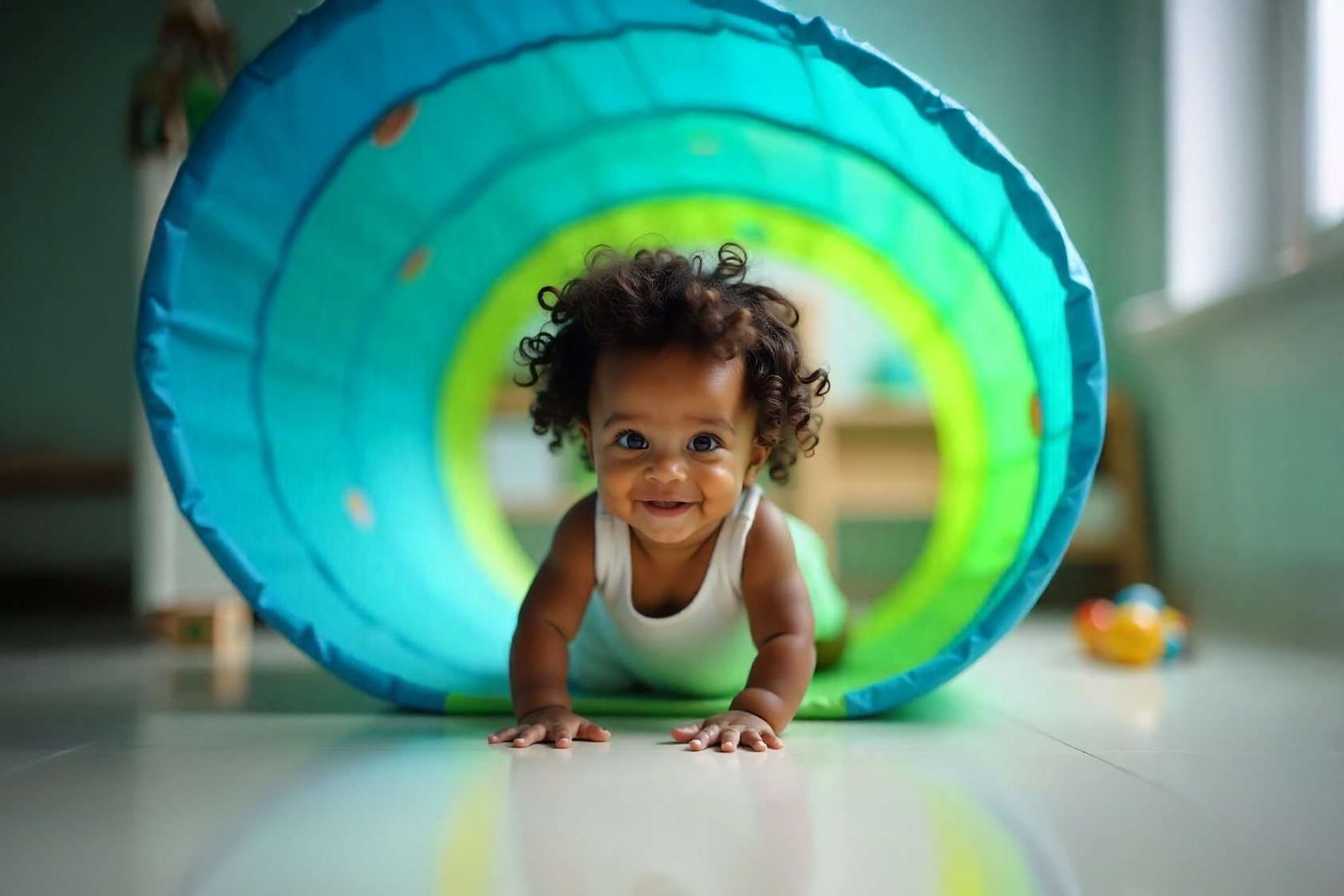Is your child having a hard time with handwriting, sitting still, or staying focused? It might be more than just a phase. Sometimes, the root cause is something called retained primitive reflexes—those automatic baby movements that should have faded as your child grew.
What Are Primitive Reflexes?
Primitive reflexes are movements babies are born with, such as the startle reflex or the head-turning reflex (ATNR). These help babies survive in their early days but should naturally disappear in the first year as the brain develops more control.
But sometimes, they don’t go away. And when that happens, they can cause problems with:
-
Motor skills: Like poor balance or awkward handwriting
-
Focus: Trouble sitting still or paying attention
-
Behavior: Getting overwhelmed or acting impulsively
If any of this sounds familiar, your child might still be hanging on to those baby reflexes.
Why Occupational Therapists Look at Reflexes
Occupational therapists (OTs) often check for retained reflexes during their assessments. These hidden reflexes can affect everyday things like:
-
Posture (for example, slouching at a desk)
-
Fine motor skills (like doing up buttons)
-
Staying calm in noisy or busy environments
OTs use specific exercises—often gentle, rhythmic movements—to help the brain "let go" of these reflexes. It brings these OT exercises into your home through simple, interactive activities your child can enjoy.
Here are some OT-based games used to support reflex integration:
Moro (Startle) Reflex
What it is: Babies throw out their arms and legs when they feel startled.
Why it matters: If it doesn’t go away, it can make kids overly sensitive or anxious.
-
Starfish Game: The child curls into a ball and then stretches out wide like a starfish—helps reduce sensitivity and promote self-regulation.
-
Cocoon & Stretch: Wrap the child in a blanket and let them stretch out—promotes body awareness and calm.
Palmar Grasp Reflex
What it is: Babies automatically grip anything that touches their palms.
Why it matters: If it sticks around, it can affect writing and hand control.
-
Playdough Squish & Roll: Strengthens voluntary finger control.
-
Finger Games or Puppets: Encourages isolated finger movement and reduces the reflexive grip.
Tonic Labyrinthine Reflex (TLR)
What it is: A reflex that causes the body to stiffen when the head moves up or down.
Why it matters: It can affect posture and balance if it doesn't fade.
-
Superman Pose: Lying on the stomach and lifting arms and legs—builds core strength.
-
Log Rolls: Rolling across a mat helps with midline crossing and postural control.
Asymmetrical Tonic Neck Reflex (ATNR)
What it is: When a baby turns their head, the arm on that side stretches out.
Why it matters: Can affect coordination and make tasks like writing or catching difficult.
-
Crawling Tunnels: Helps your child use both sides of the body together and move their head separately from their body.
-
Ball Toss with Head Turns: Toss a ball while turning the head—strengthens voluntary motor planning.
Spinal Galant Reflex
What it is: When the lower back is touched, babies wiggle or arch their back.
Why it matters: If it stays, it can lead to fidgeting or bedwetting.
-
Windshield Wipers: Rocking knees side to side while lying on the back—promotes flexibility and calm.
-
Back Drawing Game: Drawing shapes on the back increases tolerance and sensory awareness.
These may seem like simple games, but when practiced regularly and correctly, they can gently rewire your child’s movement patterns. However, it’s highly recommended that these activities be done under the guidance of a professional (occupational therapist or physiotherapist) to ensure the exercises are correctly applied and effective.
How ABA Therapy Helps
Applied Behavior Analysis (ABA) doesn’t directly target reflexes, but it does help with the behaviors those reflexes can trigger—like fidgeting, meltdowns, or avoiding tricky tasks.
If your child struggles with body awareness (because of retained reflexes), ABA helps teach them how to manage that discomfort or distraction through behavior shaping.
And here’s where imitation games and ABA-based routines come in:
-
Mirror Imitation: Copying a therapist or parent’s slow, intentional movements promotes focus and self-regulation.
-
Clapping Patterns: Builds rhythm, timing, and awareness, while reinforcing attention through rewards.
-
Animal Walks: Pretending to be a bear, crab, or frog not only engages the child but activates multiple muscle groups and encourages coordination.
-
Balance Games: Standing on one foot or walking a line builds attention span and motor control, often paired with token rewards or praise.
While OT addresses the root reflexes, ABA ensures your child has the tools and strategies to participate meaningfully in daily life—at home, in class, and in the community.



